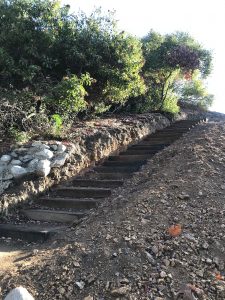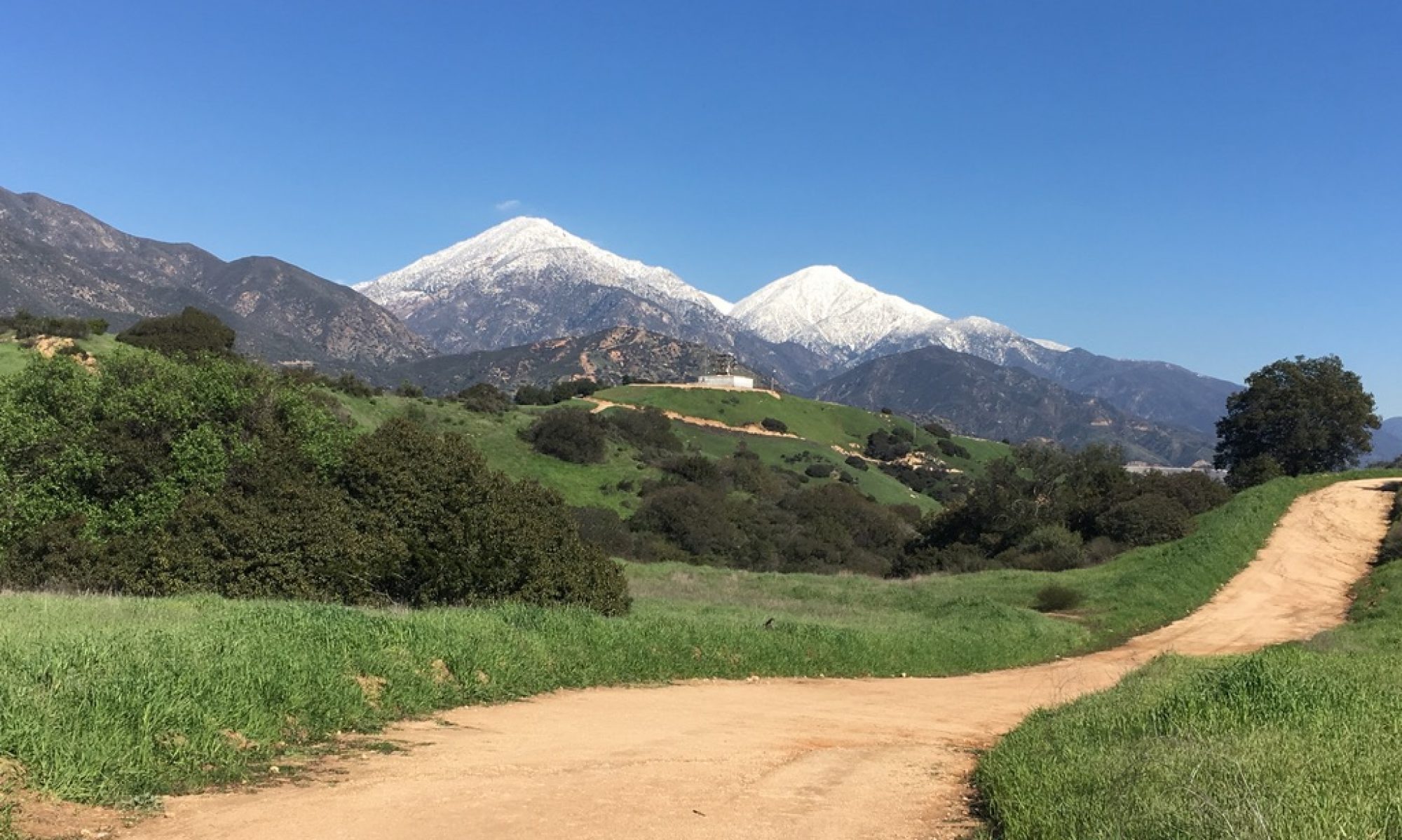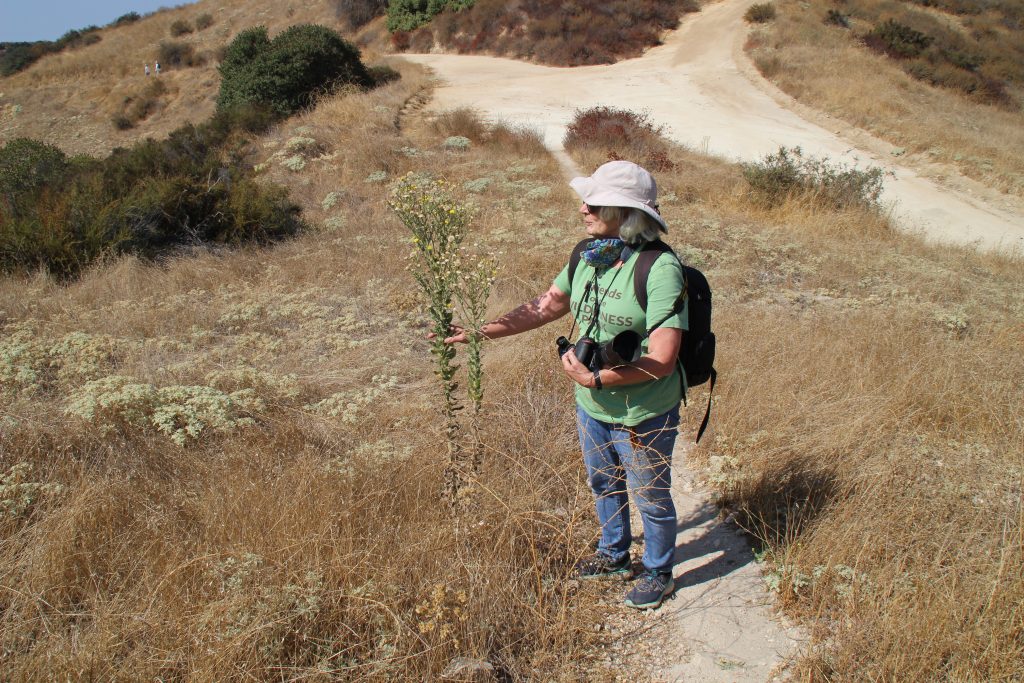In 1995 almost all of the 3000 acres of Claremont’s foothills were in private hands. Today only 500 acres are. The Claremont Hills Wilderness Park provides approximately 2500 acres of protected public open space for passive recreation and enjoyment of nature to residents of the region.
A primary goal of Claremont Wildlands Conservancy since its founding in 2000 has been to expand the park across Claremont’s foothills by working with the City of Claremont, the nonprofit Trust for Public Land, and private landowners to negotiate donations or fair-market- value purchase agreements for the remaining parcels. We have had many successes.
We recently facilitated a private land donation to the park of 20 acres along the western edge of Johnson’s Pasture. It is currently in escrow. But our major focus in the last four years has been adding to the park the 103 prime acres of Clara Oaks Estates, as named by its owner and developer, Randy Lim, and his partners.
Clara Oaks bridges the slopes between between Claraboya and Webb Canyon Road just north of Webb Schools. It is a beautiful natural landscape, the site of the eastern headwaters of the San Gabriel River watershed and home to numerous species of native plants, birds and animals. Its location also helps form a link between Claremont’s Wilderness Park and Los Angeles County’s Marshall Canyon Regional Park, which extends toward the green corridor along the San Gabriel foothills.
In 2016 Clara Oaks Estates, LLC acquired these acres with plans to build 40-47 luxury homes on the southern half of the property and donate the northern portion to the Claremont Hills Wilderness Park. But in 2018 the partners offered Claremont Wildlands Conservancy the opportunity to purchase the entire site, which would be added to the park. Since then, we have been actively exploring funding sources and applying for grants to raise the necessary funds to meet the independently appraised value. It’s a heavy lift.
Currently Clara Oaks Estates, LLC is applying for entitlements to the City for development of the property. However, as a first priority, the partners are still open to an outright sale of the entire parcel for the park if terms can be agreed upon. We are working closely with Trust for Public Land to acquire funds from two voter- approved measures. One is California’s 2018 Proposition 68 funds, which are allocated to this region through the San Gabriel and Lower Los Angeles Rivers and Mountains Conservancy. The other is L.A. County’s 2016 Measure A. These funds are finally about to be released.
If we fail, it is likely that 40 or more luxury homes will be built on the Clara Oaks property. If we succeed, we will save this splendid natural preserve for foxes and mule deer, for laurel sumac and western sycamores, and for hikers and nature lovers now and in future generations.
~Lissa Petersen is a past president of the CWC, currently a Board member and chair of the Acquisitions Committee.


